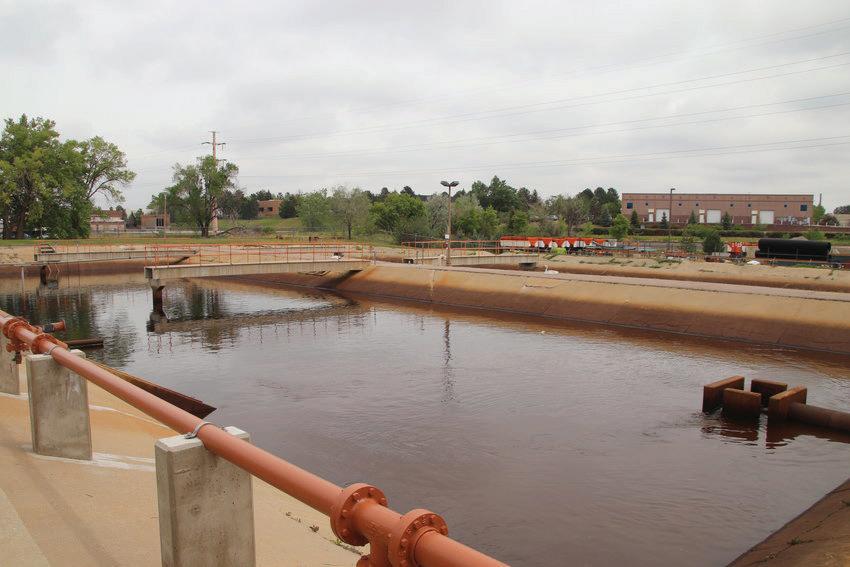
2 minute read
MEDICAID CLIFF SURVIVING THE
and reduce tens of thousands of serious PFAS-attributable illnesses. is action establishes nationwide protection from PFAS pollution for all people, including environmental justice communities,” reads the EPA news release.
Westminster and Northglenn Westminster continues to test below detectable limits, according to City Spokesperson Andy Le. With the new water treatment plant approved earlier this year, they have time to adjust their planning due to any action from the EPA and are awaiting guidance from the Colorado Department of Public Health and Environment for implementation. “Coupled with the potential for federal subsidies to o set the signicant costs to treat PFAS, the City’s recent acquisition of the approved water treatment site gives us the exibility to respond to future regulatory requirements,” Le said.
Northglenn Environmental Manager Tami Moon said that the city has tested its drinking water for PFAS and found no detectable amount. However, they are concerned, mostly about price.
“ e technology to treat PFAS is very expensive and not widely used. Right now, we will likely be required to sample for PFAS compounds, but what that looks like has not been determined yet either. is will also have an impact on our laboratory budgets, and perhaps our Industrial Pretreatment program, because the cost for the PFAS analysis is also very expensive,” she wrote in an email.
Money for plants
According to a news release from the EPA, almost $86 million from the Bipartisan Infrastructure Law will go towards addressing PFAS in Colorado.
“ is investment, which is allocated to states and territories, will be made available to communities as grants through EPA’s Emerging Contaminants in Small or Disadvantaged Communities (EC-SDC) Grant Program and will promote access to safe and clean water in small, rural, and disadvantaged communities while supporting local economies,” at money is in addition to the settlement money from October, he said.
City Councilor Eric Garcia said he wants to make sure the city is strategic with the money. He’d like to see the money go towards facilities medication assisted treatment and scholarships to inpatient programs.
“Fentanyl deaths and opioid deaths right now are killing more people than anything else,” he said.
How that money will be divided up among the state’s various communities is still up in the air.
According to Erin Garcia, a spokesperson for the Colorado Department of Public Health and Environment, they will be working with EPA guidance to determine the process the state will use to distribute the funding. at determination will come out in the coming months.
Other funds have come from the legislature.
“Colorado’s PFAS cash fund, created through Senate Bill 20-218, supports our PFAS Grant Program and a Takeback Program for re ghting foam containing PFAS. e department launched the grant program in late 2021 to help impacted water systems install water treatment to remove PFAS from the water, provide emergency assistance for communities a ected by these chemicals, and pay sampling costs for water systems and private well owners,” Garcia wrote in an email.
Health e ects
While there is debate about how severe the health e ects for the chemicals are, there is evidence of decreased antibody response, abnormal blood cholesterol levels, decreased infant and fetal growth and increased risk of kidney cancer in adults.
John Adgate, professor in the Colorado School of Public Health Department of Environmental and Occupational Health, said in the past that the chemicals are concerning.
“I’d never use the word safe to describe this,” he said. “Everything comes with a risk. e goal should be to get the levels as low as possible.”
Dr. Ned Calonge, Associate Dean for Public Health Practice at the Colorado School of Public Health, has said PFAS are di cult to study and it’s hard to nail down a molecular connection on how PFAS might cause human disease. However, there is extensive evidence on the association between PFAS levels and human disease.
“If people are trying to say ‘these PFAS don’t have any human health e ects,’ it’s likely because we haven’t studied them,” he said in the past.






